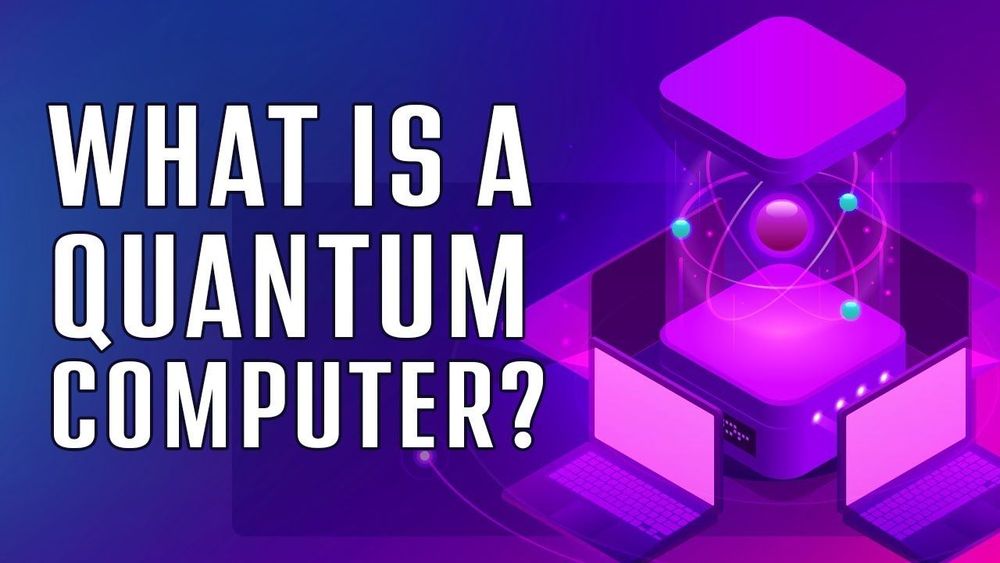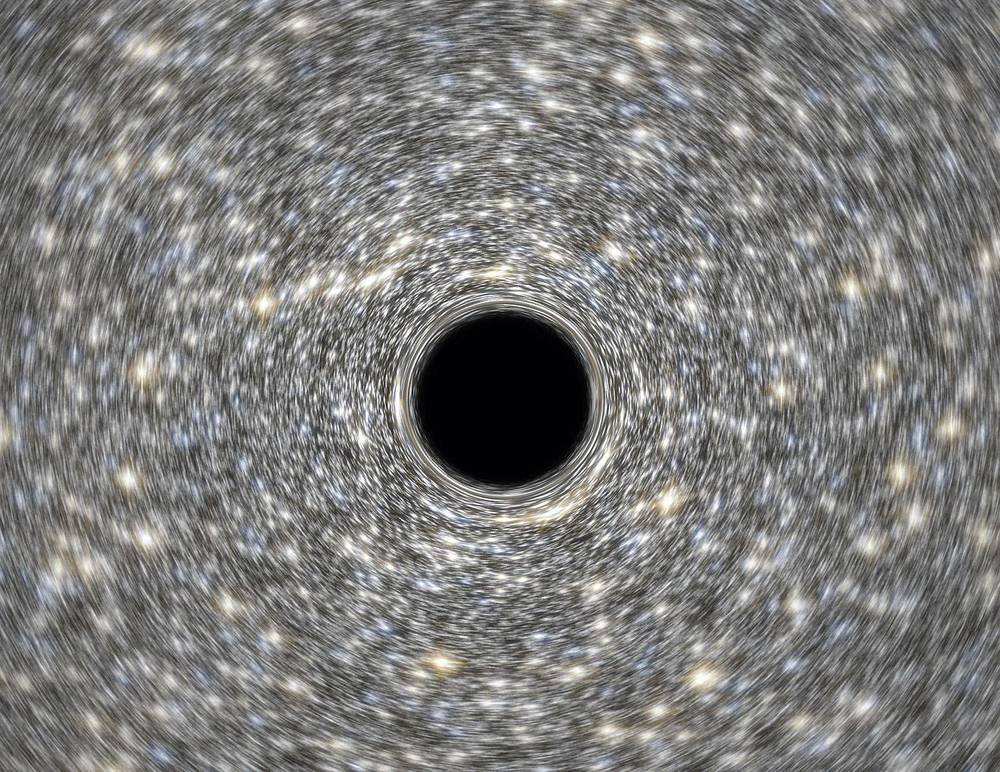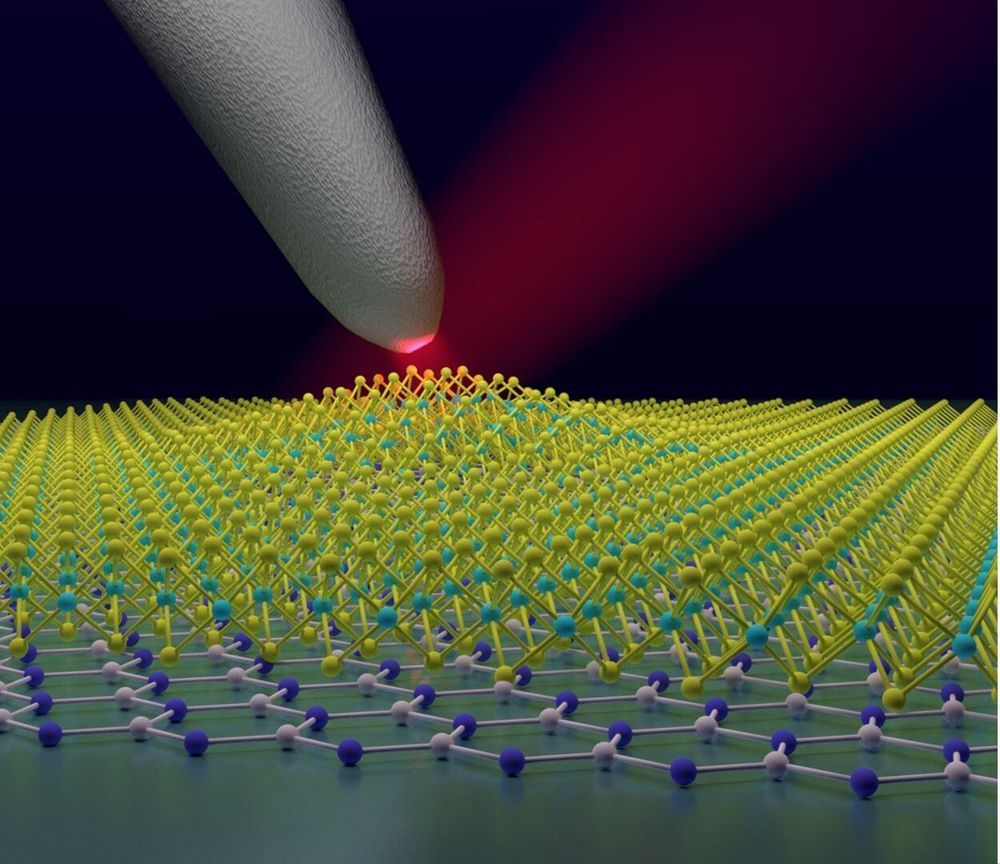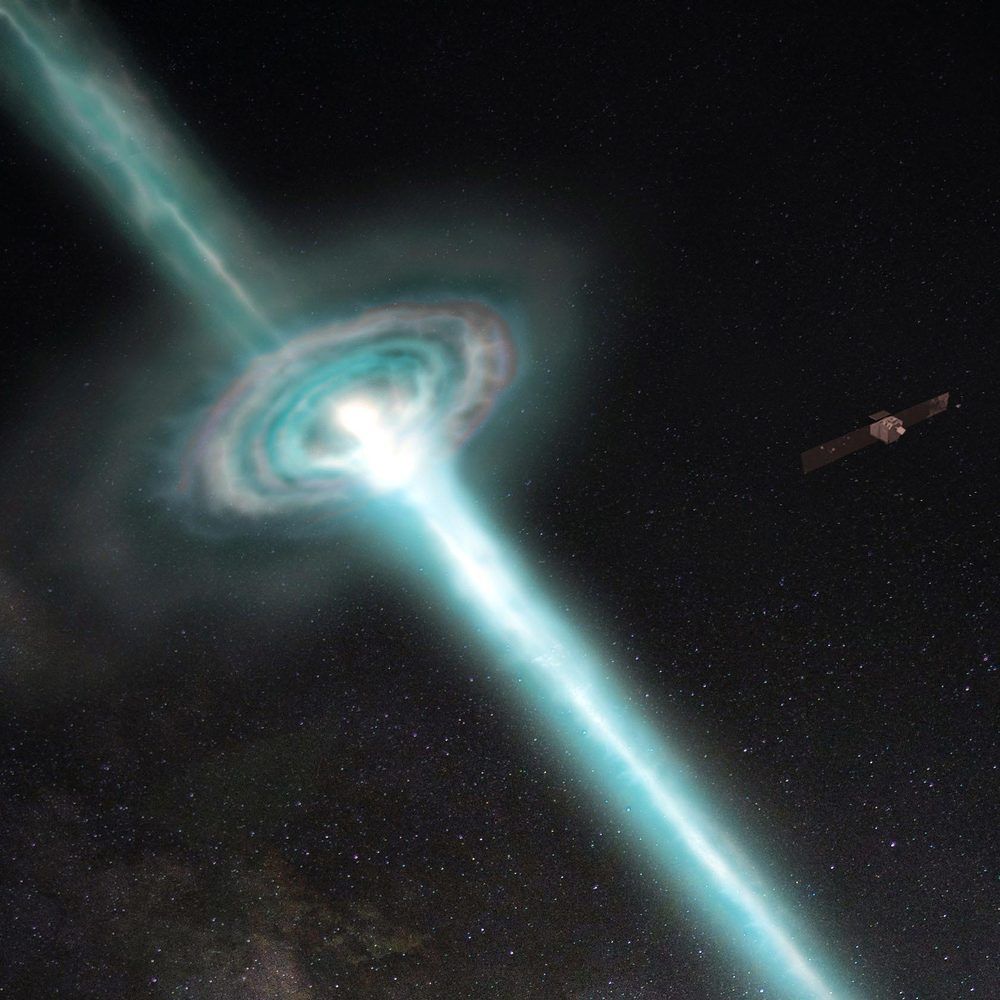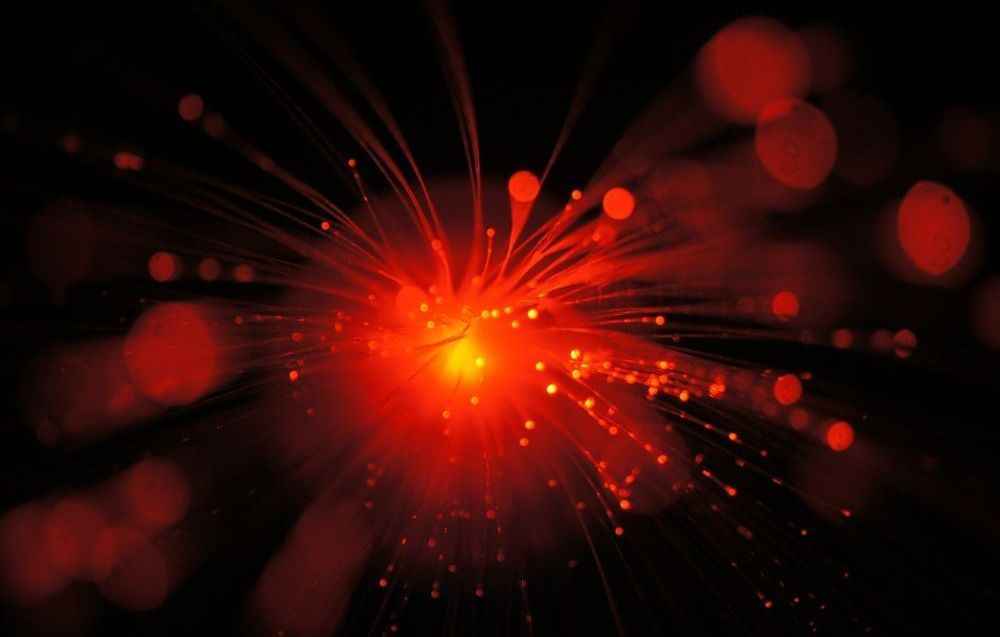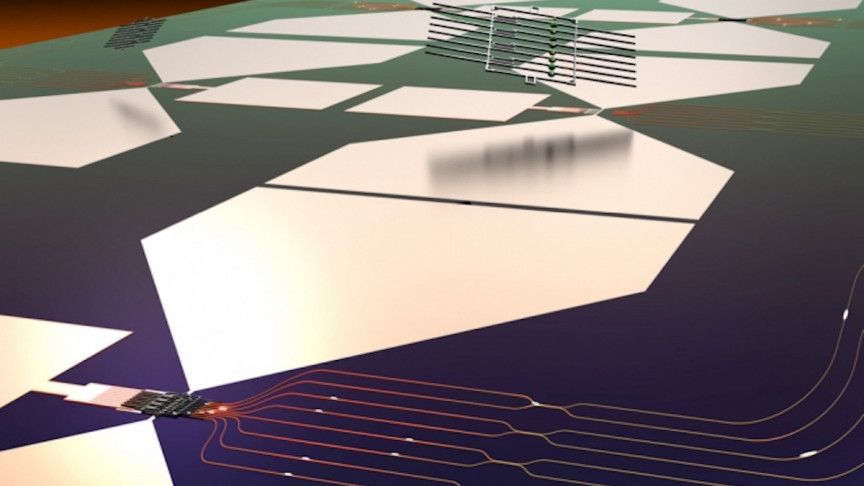Jul 13, 2020
Physicists Think They Have Found Long-Sought Two-Dimensional Quasiparticles
Posted by Quinn Sena in categories: particle physics, quantum physics
Evidence has emerged for long-proposed, but previously unconfirmed quasiparticles called anyons. The concept of anyons goes back 43 years, and physicists have found evidence collections of particles are behaving as anyons for some time, but have lacked confirmation. Now, within months of each other, two teams have found different methods to verify that this is what they are dealing with that look much more conclusive.
The universe’s particles are divided into two sorts; fermions and bosons. Fermions, including the components of atoms, cannot occupy the same quantum state as each other while bosons, which include photons of light, have no such problem.
Continue reading “Physicists Think They Have Found Long-Sought Two-Dimensional Quasiparticles” »
